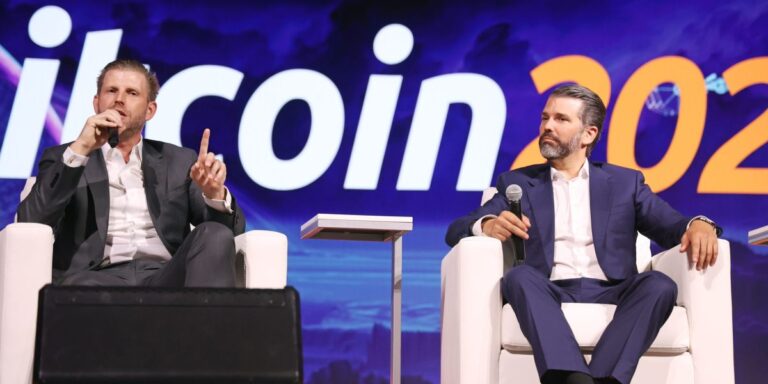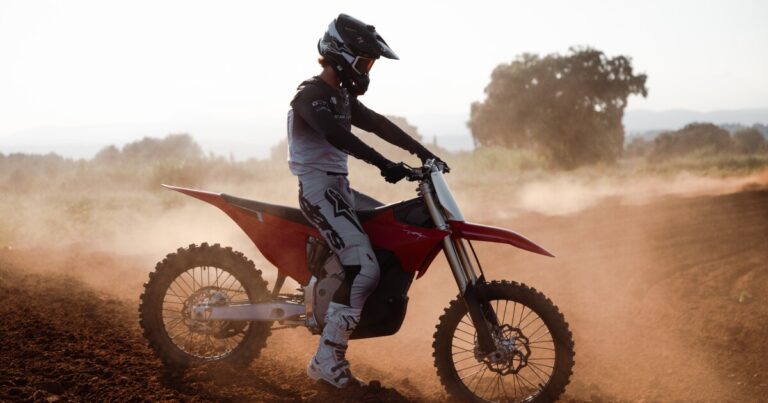By Sam Blacker on SwimSwam

2025 World Championships
Ledecky Reverts To The Anchor – And To Form
Katie Ledecky swam second on this relay in 2023 and 3rd in 2024, clocking times of 1:54.39 and 1:54.93 respectively. That was trending up from the 1:53.67 she swam in 2022, the last time the U.S. won gold in the 4×200 free.
However, she was back on the anchor leg this year, and delivered her fastest split in three years to go 1:53.71, pretty much matching Mollie O’Callaghan. That helped propel the U.S. to a new Americas’ record in 7:40.01, just two-hundredths away from breaking 7:40.
With Claire Weinstein and Anna Peplowski still improving and a fully fit Erin Gemmell likely to be quicker than 1:56.40, they could break through that barrier next year.
Ledecky had her second-fastest split ever here, and was faster than she went at the 2016 Olympics where she won individual 200 free gold. A decade on in Irvine next year, she could be just as good.
Australia’s Steady 200 Free Production Line
You might have seen this one under the Day 5 relay analysis, but we’ve included it here in case you didn’t.
With no Ariarne Titmus in Singapore, and Emma McKeon and Brianna Throssell retiring after Paris, a significant proportion of the depth that had helped Australia to become the dominant nation in the 4×200 freestyle over the last couple of years had disappeared.
The front half of this relay was actually the same as the heats team in Paris, but a full 2.62 seconds faster than they managed there. Jamie Perkins was 1:56.78 there, and has dropped a good chunk of time in the event this season to go from 1:56.22 to 1:55.44 and rank #7 all-time among Australian women. Pallister, who led off, has now dipped under 1:55 on the last two occasions that she has swum the 200 free, and outdueled the individual bronze medalist Claire Weinstein on her leg. Even with her focus on the longer freestyle events, she will continue being a key member of this team when Titmus is back.
Through last season Brianna Throssell became an important part of this team, despite primarily being a fly swimmer. She ended up splitting 1:56.00 on the relay in Paris to help them to gold, and that pipeline is in full effect again this year with Brittany Castelluzzo. The 200 fly specialist finished 6th at Trials in 1:57.04, but split 1:55.93 and 1:56.01 here. She is probably the leg to be swapped out for Titmus, but she will be valuable for the prelims team and if any one leg of the finals team is off.
The pipeline of talent that has come through Australia’s ranks in the last few years shows no sign of slowing down. There are several youngsters among the top-10 Australian’s this year.
Top-10 Australian Women This Season, 200m Free
- Mollie O’Callaghan (21) – 1:53.48
- Lani Pallister (23) – 1:54.77
- Jamie Perkins (20) – 1:55.44
- Abbey Webb (24) & Hannah Casey (19) – 1:56.09
- –
- Brittany Castelluzzo (25) – 1:57.04
- Inez Miller (18) – 1:57.32
- Amelia Weber (19) – 1:57.32
- Jaimie de Lutiis (19) – 1:58.62
- Leah Neale (29) – 1:58.63
Abbey Webb and Hannah Casey tied at Trials in 1:56.09, and both got some valuable experience in prelims, albeit much slower than their bests. With Milla Jansen and potentially even Olivia Wunsch an option in the future, as well as the inevitable next batch of swimmers to come through, this relay is not going anywhere any time soon.
Japan Have Been Shuffling Backwards Recently
Japan’s relay here finished 8th here in 7:58.13, a fair way off their national record of 7:48.96 from 2018. What was more surprising is that this side, their ‘A’ team was less than two seconds faster than their World University Games team, which took bronze in Berlin three weeks ago.
That quartet clocked 7:59.99, and actually hit the halfway point more than half a second ahead of their counterparts did in Singapore. Two of the swimmers from Berlin, Ruka Takezawa (1:58.86 FS) and Kanon Nagao (1:59.51), would have improved the worlds relay.
Not since their National Record-setting relay in 2018, driven by a 1:54.69 split from Rikako Ikee, has Japan broken 7:50. In fact, they have not broken 7:56 since then, and have been trending slower over the last few years.
Japan was 13th in just 7:59.10 last summer, and only a second faster this year. Putting their best quartet together would gain them around another second and a half, but that still doesn’t take them under 7:56.
Both this team and the individual 200 freestylers have not been one contending for medals recently, and, as such, are hit fairly hard by Japan’s stiff qualifying requirements. Rikako Ikee was their last finals level swimmer in the individual 200 free, and they don’t have a ton of depth right now either with no sub-1:58 swimmers.
They pushed Canada hard for the final place on the Pan Pacs podium at the last edition in 2018. Don’t expect that to happen next year.
Anna Peplowski Looks Like USA’s Next Underrated Relay Star
While Katie Ledecky and Mollie O’Callaghan drove each other to 1:53-point splits on the anchor, the third-fastest leg in the field, flat-start or not, came from a swimmer who has never had an individual swim at the world level.
Anna Peplowski, this season’s NCAA champion in the 200 free, had the U.S. in the lead at the halfway point thanks to a 1:54.75 split. She out-duelled Jamie Perkins, an individual finalist in both the 200 and 400, on this leg, and was nearly a second faster than her flat start best.
She was 1:57.98 leading off in the heats in Paris, and 1:56.88 anchoring the prelims squad the year before in Fukuoka. This year was the first time she was selected for the final, and she repaid that decision in spades.
Paige Madden was somewhat similar on this relay, delivering big 1:55-point splits in both Tokyo and Paris for a pair of silver medal-winning relays, the latter after finishing a successful NCAA career. Peplowski looks like she could be just as key to American hopes.
Claire Weinstein and Katie Ledecky may take the plaudits, but Peplowski is the piece that really gives them a chance to upset Australia in the future. If she follows form and drops time again next year, there could be another gripping anchor leg between the two even with the return of Ariarne Titmus.
The Front Three Are A Long Way Clear
There was a difference of 3.64 seconds between 1st and 3rd this year, slightly less than the 4.26 second gap from Paris. However, as this margin contracted, another lengthened. The gap from 3rd to 4th, which was 3.71 seconds in Paris, ballooned to 6.67 seconds.
Those respective margins have both increased since Tokyo, although the gap between 3rd and 4th by over a second more.
|
2021 |
2022 |
2023 |
2024 |
2025 |
| 1st to 3rd (seconds) |
0.96 |
3.29 |
6.90 |
4.26 |
3.64 |
| 3rd to 4th (seconds) |
2.48 |
0.96 |
2.13 |
3.61 |
6.67 |
Canada and Great Britain, who have been down in the 7:43.46 range, were well off that this year as neither broke 7:50. Great Britain seemed to have missed their chance with the current generation, as Freya Anderson does not look near her 1:55-point best and the fourth piece they have long needed still not there.
Canada meanwhile, have a trump card in Summer McIntosh, but will be loath to use her on the same night as the 200 fly semis unless it is the difference between making or missing the podium, and with the current squad that is not the case, even for the best female (and probably overall) swimmer in the world. She would have needed to split 1:49.11 to put Canada in 3rd this year.
China are keeping the gap close to the front two, but the rest of the pack is falling away. With the 200 free not seeing too much depth outside of the three nations at the front, that doesn’t look like changing anytime soon.
Hungary Has A Quick, Young, And Improving Core
The Hungarians were a thoroughbred of a dark horse in this event for 4th place. Nikolett Padar and Lilla Minna Abraham had tied for the win at the European U23 championships in 1:56.03, and Dara Molnar and Panna Ugrai are all solid 1:58-point swimmers.
They backed up their promise here, taking 4th after Abraham pulled away from Great Britain on the anchor leg.
Looking at their recent results in this event, Hungary were 5th in 2022 (7:57.90), 7th in 2023 (7:54.65), 6th in 2024 (7:50.52) and then 4th this year in 7:49.66. That growth is remarkable, and even more so for having done this with a mostly consistent group of swimmers – Padar has been on all four, Abraham and Molnar on three and Ugrai on the last two.
Not only that, but the only time one of those swimmers did not improve their split from the previous year was Padar’s leadoff this year, where she was a second slower than her 1:56.14 from last summer. She has a season best of 1:56.03, set when tying Abraham for the win at the European U23 Championships back in June.
They are getting closer to the super-suited National Record of 7:48.04 from 2009, which was anchored by a certain Katinka Hosszu. This was the only female relay record Hungary did not break in Singapore, but time is ticking on this one.
Read the full story on SwimSwam: 2025 World Championships: Six Takeaways From The Women’s 4×200 Free Relay

















